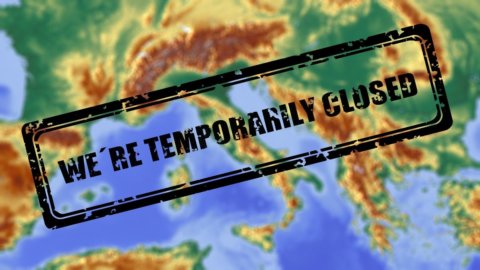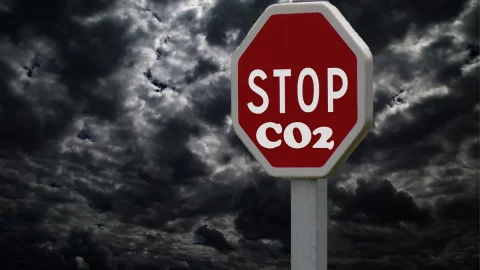The Covid-19 emergency has hit Italy in a disruptive way, causing an unprecedented economic shock. In April, the most acute moment of the lockdown imposed by the Government to try to contain the spread of the pandemic, our country's GDP contracted by 20-25 percent compared to levels reached in January-February. These are the calculations published by Ref Ricerche in the traditional monthly situation.
How will it go in the next few months? "Certainly we will not recover your losses anytime soon”, predict the Ref analysts, according to which “the transition will be long in sectors where the physical separation of people is complex; industrial companies operating in global value chains will restart in fits and starts having to face the problems of finding intermediate products from economies in which production is still interrupted, and those linked to the contraction of orders from countries still in lockdown".
The gradual reopening of the country should begin starting May 4. Above all, essential and safer activities will restart first, while in the following weeks it will be up to all the others. If these hypotheses were confirmed by the facts, according to Ref, the Italian GDP in 2020 will face a contraction of 8,3%, positioning itself "still at levels 5 percent lower than pre-crisis values". The hardest period of the crisis will occur in the second quarter, when the economy will register a negative variation of -15% (-4% in the first quarter). The recovery will come in 2021, with the gross domestic product expected to increase by 5,9% compared to 2020.
For the euro area, Ref estimates a reduction in GDP of 7,7%. Among the main countries, in Germany the gross domestic product will drop by -4,2%. -7,9% for France, -9,1% for Spain.
These are the estimates for the Eurozone in a scenario of imminent openings. "Assumptions for the worsening of the economic situation may derive from a phase of exit from the lockdown which should instead be slower, or possibly from a second wave which should reappear in a few months", underlines the report.
Moving from estimates to responses to the crisis, “policies in all countries are broadly expansive. In Europe the ECB has greatly strengthened its interventions, while the actions of the Governments have a different thrust depending on the case, because the fiscal spaces are not the same in all countries", explains Ref who promotes the reaction of the Eurotower and the initiatives of individual countries to deal with the shock generated in the pandemic. “On the other hand, as stated in the report, there was no clear coordination for joint initiatives at European level, and the countries with the most fragile public finances, especially Italy, have suffered above all from this”.
However, the scenario could change in the coming weeks and our country will have to try to "maximize the support offered by the European institutions” to try to get out of the crisis as quickly as possible.
At this juncture, one of the crucial appointments will be the European Council scheduled for Thursday 23 April. That will be the context in which "the opposing positions between the countries of the German area and the economies of the Mediterranean area - which aim respectively at the use of the Mes and the issue of Eurobonds - can find a mediation."
Four macro areas of intervention that will be able to help Italy cope with the costs of the crisis: the health month without conditions for debtors, the EIB funds, the 100 billion Sure plan and the Recovery Fund.





